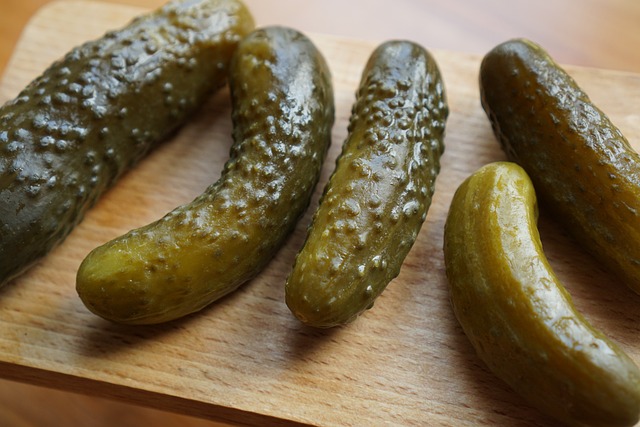For centuries, people have used pickle barrels to preserve and ferment their favorite vegetables. From cucumbers to beets, carrots to onions, pickles have been a staple of many cuisines around the world. And while the methods and materials may have changed over the years, the use of
pickle barrels remains a time-honored tradition of pickling.
Types of Pickle Barrels
There are several types of pickle barrels available, each designed to suit a specific purpose. One of the most common types of pickle barrels is made from wood. These barrels are typically used for fermenting pickles, as the wood allows air to circulate around the pickles, promoting fermentation. Oak, cedar, and pine are commonly used to make these barrels, and they can be found in various sizes, from small household barrels to large commercial ones.
Another common type of pickle barrel is made from plastic. These barrels are lightweight, durable, and do not absorb flavors or odors, making them an ideal choice for storing pickles. Plastic barrels come in a range of sizes, from small household ones to large industrial containers.
Steel barrels are another option for storing and transporting pickles. They are durable and can withstand extreme temperatures, making them ideal for long-distance transportation. Glass jars are not technically barrels, but they are commonly used for pickling. Glass jars allow you to see the pickles as they pickle, and they are easy to seal.
The Pickling Process
Pickle barrels are an essential component of the pickling process, whether you are making pickles at home or in a commercial kitchen. The pickling process involves soaking vegetables in a solution of vinegar, salt, and spices. Over time, the vegetables ferment and develop their characteristic sour flavor.
To make pickles, the vegetables are placed in a pickle barrel, along with vinegar, salt, and other spices. The barrel is then sealed and left to ferment for several days or weeks, depending on the desired level of sourness. During this time, the vegetables absorb the flavors of the spices and develop their unique sour taste.
Benefits of Pickle Barrels
Using a pickle barrel to make pickles has several benefits. First, the barrel allows air to circulate around the pickles, promoting fermentation. Second, the barrel provides a controlled environment for the pickling process, which helps to ensure consistent results. Finally, the barrel provides an attractive and traditional way to store and display pickles.
Whether you are a fan of dill pickles, sweet pickles, or bread and butter pickles,
a pickle barrel is an essential component of the pickling process. These time-honored vessels have been used for centuries to ferment, store, and transport pickles, and they continue to be a popular choice today.




